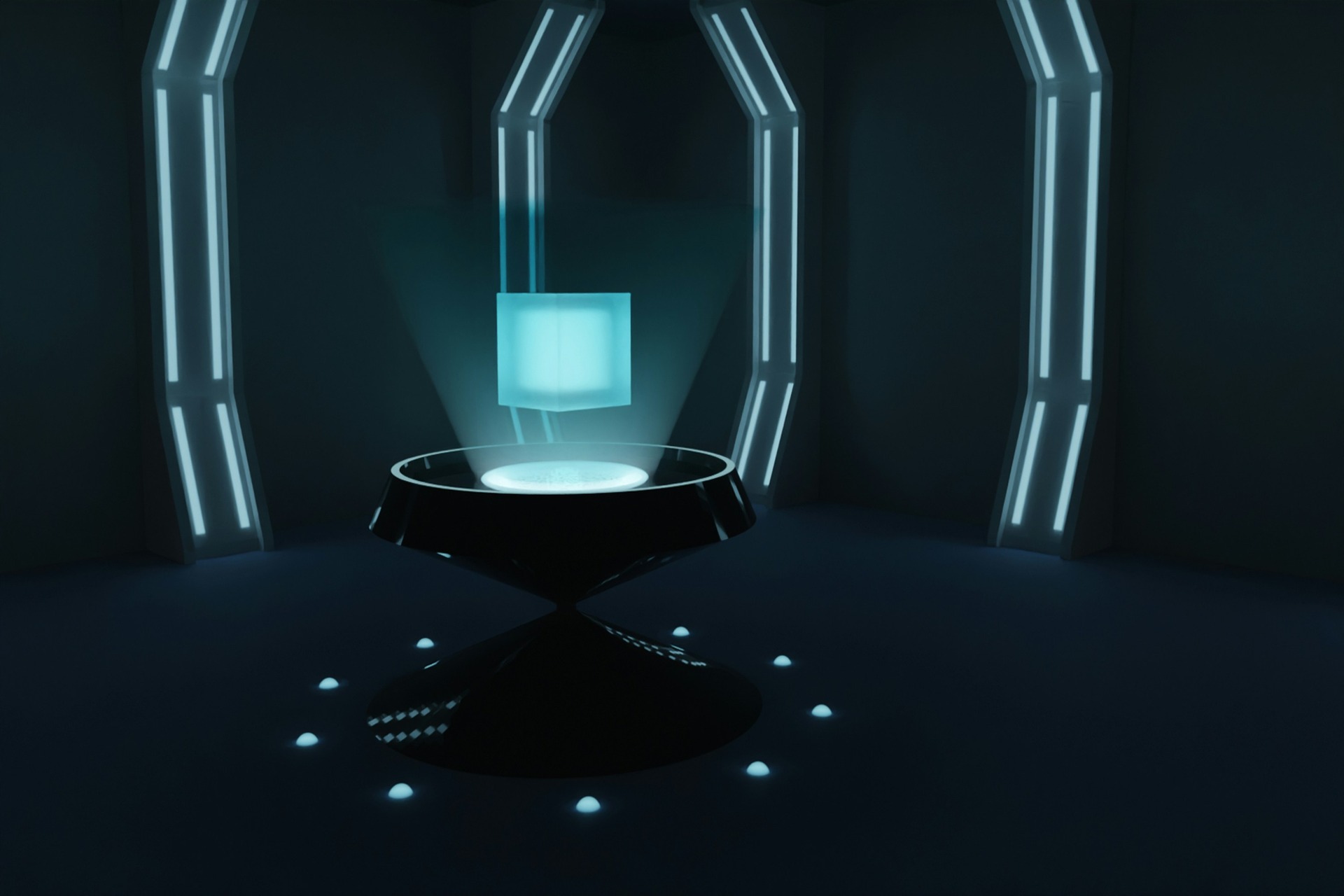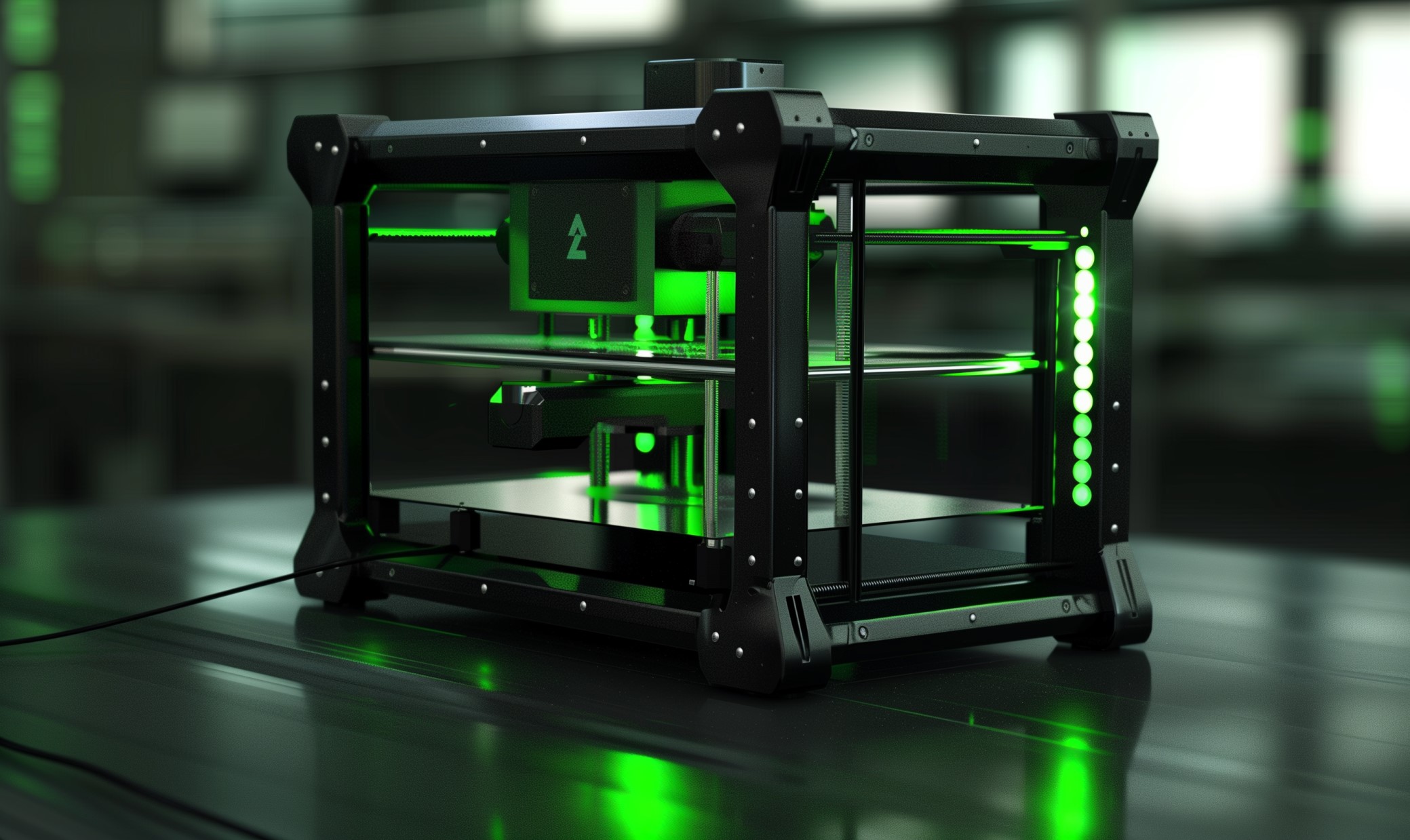Holograms are a remarkable technology that creates three-dimensional images using light patterns. This innovation allows objects or scenes to be recorded and reconstructed in a way that looks incredibly lifelike. Holograms are not just static or flat images — they appear to have depth, making them stand out from traditional two-dimensional imaging techniques.
In the digital era, holograms are gaining immense popularity. They’re becoming a groundbreaking tool in various fields, from entertainment, where they create stunning visual effects, to education and telecommunication, offering new ways of presenting information and interaction.
Are Holograms Real?
Holograms are three-dimensional images created by recording and reconstructing the light reflected from an object. This technology uses laser light to capture the light field an object emits, which it presents in a way that mimics the original object’s appearance.
Unlike traditional photographs that offer a flat, two-dimensional view, holograms provide a realistic depth, making the image appear as if it’s present in space. This unique feature of displaying images with depth and dimension sets holograms apart, making them an intriguing subject in visual technology.
The journey of holographic technology began in the 1940s with the foundational work of Dennis Gabor. However, the practical application of holography only took off after the invention of the laser in 1960.
Since then, it has evolved dramatically, branching into various types:
- Transmission: People can view these with the light source behind the object. They are often brighter and clearer than other holograms and can display full-color, high-resolution images.
- Reflection: These holograms have a light source in front of them, like a painting. They are more common in holographic displays seen in museums or art.
- Computer-generated: These are created using sophisticated algorithms and computers to simulate the appearance of a 3D object. This type doesn’t require a physical object to create the holographic image and is common in digital applications.
The Science Behind Holograms
Holography is deeply rooted in the principles of light interference and diffraction. Interference is when two light waves meet and overlap, leading to an amplification or cancellation of light. This phenomenon is central to holography.
This process splits a laser beam into the object and reference beams. The object beam illuminates the subject, while the reference beam is facing toward the recording medium. Where these beams meet, they create an interference pattern. The recording medium captures this pattern unique to the object’s light field, encoding the subject’s light information.
Diffraction is virtual in how this encoded information is later viewed. It involves bending light waves around obstacles or through openings, a property crucial for reconstructing the holographic image.
When a viewer looks at a hologram, the encoded interference pattern causes light to diffract, mimicking how light waves emanate from the original object. As a result, the eye perceives a three-dimensional image, complete with depth and perspective.
Lasers are imperative in this process — their coherent and monochromatic light is ideal for creating precise and stable interference patterns. This coherence ensures that light waves can interfere in a controlled way, which is essential for accurately capturing and reconstructing the complex details of the subject in three dimensions.
Hologram in Action
Holograms have carved out a significant niche in entertainment, education and medical imaging. In entertainment, they bring a new dimension to performances, creating lifelike appearances of artists — living and past — on stage.
Moreover, educational applications include interactive 3D models to understand complex subjects better, from historical events to scientific phenomena. In medical imaging, holograms allow detailed, three-dimensional representations of organs and systems, enhancing diagnoses, planning and training.
The intersection of holography with 3D printing — particularly in health care — is a testament to the rapid advancement in medical technology. It allows the creation of patient-specific models, implants and bioprinting tissues, offering customized solutions for patient care.
Medical professionals can more precisely plan and visualize complex procedures when combined with holographic imaging. For example, they can study a hologram of a patient’s organ in detail, created using data from medical scans, before they produce a 3D-printed model of the same organ for pre-surgical planning or educational purposes.
This synergy of holograms and 3D printing enhances understanding and precision in medical procedures and paves the way for more innovative approaches in personalized medicine and health care education.
Advancements and Challenges
Recent technological advancements in holography have pushed the boundaries of what’s possible, offering more realistic and accessible applications. One significant development is improved holographic display technology, allowing larger, high-resolution images with wider viewing angles.
Advances in digital holography have enabled faster processing and rendering of holographic images, making real-time processes a closer reality. Integrating artificial intelligence and machine learning algorithms has also enhanced the ability to create more complex and detailed images with less data and processing power. Another breakthrough is in portable holographic devices, which are becoming more compact and consumer-friendly.
Despite these advancements, this innovation still faces several challenges and limitations. A primary challenge is the high cost and complexity of producing high-quality holographic images, limiting its widespread adoption.
There’s also the issue of the “holographic rainbow effect,” where the color fidelity of the hologram changes with the viewer’s angle, detracting from the realism of the image. The need for specific lighting conditions to properly view holograms is another limitation, as it can restrict their use in various environments.
Creating dynamic, interactive holograms that can change in real-time based on user input or environmental factors remains a significant technical hurdle. Overcoming these challenges will be crucial for the continued advancement and broader application of holographic technology.
The Future of Holograms
The future of holographic technology promises exciting advancements across various sectors. In entertainment, people can expect more engaging and interactive performances. Education will likely benefit from 3D holographic teaching tools, making learning more immersive.
Health care could see a revolution in surgical planning and training with patient-specific holograms. Additionally, the blend of holography with augmented and virtual reality could create highly realistic virtual environments, transforming how people interact with the digital world. These developments can enhance user experiences and spur innovation across industries.
Recent Stories
Follow Us On
Get the latest tech stories and news in seconds!
Sign up for our newsletter below to receive updates about technology trends














